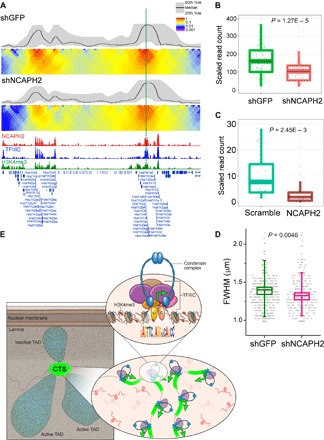Fig. 6. Condensin II supports interaction and expression of histone gene clusters.

(A) Contact profiles of control and NCAPH2 knockdown mESCs at histone gene loci measured by 4C-seq. Knockdown of NCAPH2 reduced interactions between two histone gene loci (1.86 ± 0.25–fold change, P = 7.81 × 10−8). The green dotted line indicates the anchor point. (B) Knockdown of NCAPH2 by short hairpin RNA (shRNA) in mESCs significantly reduced the expression of histone genes in the loci shown in (A). Error bars, SEM. (C) Knockdown of NCAPH2 in HEK293 cells by siRNA significantly reduced the expression of histone genes. Error bars, SEM. (D) The size of the histone clusters in NCAPH2 knockdown mESCs is significantly smaller than the sizes of control cells, indicating that the formation of the clusters is disrupted in NCAPH2 knockdown cells. Fluorescent staining was performed with an antibody to NPAT, a protein that labels the histone clusters (31). Error bars, SD. FWHM, full width at half maximum. (E) Working model for how condensin II and TFIIIC complexes tether dense active promoters in the mammalian genome: Condensin II and TFIIIC complexes (CTS) are colocalized at densely clustered active promoters at TAD boundaries. Condensin II may support the expression of the genes within the boundaries. Some TADs associated with the lamina are less transcriptionally active. The lower right inset shows interaction between CTS that are associated with transcriptionally active promoters. The upper right inset depicts details of the CTS, including condensin II (H, NCAPH2; D, NCAPD3; G, NCAPG2), the TFIIIC complex, the B box–like sequence, and the H3K4me3 histone modification. Condensin II may be recruited to the chromatin, in part, by the HEAT domain of NCAPD3 binding to the H3K4me3 histone modification and, in part, by the interaction with TFIIIC.
